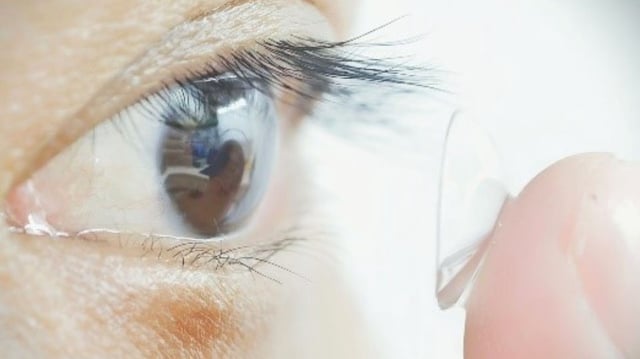Overview
- The lenses use upconversion nanoparticles embedded in soft polymers to transform near-infrared light into visible light, enabling users to perceive infrared signals.
- Human trials demonstrated the ability to detect flashing infrared signals and perceive light direction, even with closed eyes, due to infrared light's better penetration through eyelids.
- Current prototypes only detect high-intensity infrared sources, such as LEDs, and produce blurry images due to light scattering, prompting ongoing improvements in sensitivity and resolution.
- Potential applications include medical imaging, security, rescue operations, anti-counterfeit measures, and aiding color-blind individuals by converting invisible wavelengths into visible ones.
- The lenses, published in the journal Cell on May 22, 2025, are estimated to cost $200 per pair and represent a less invasive alternative to retinal injections for infrared vision.

